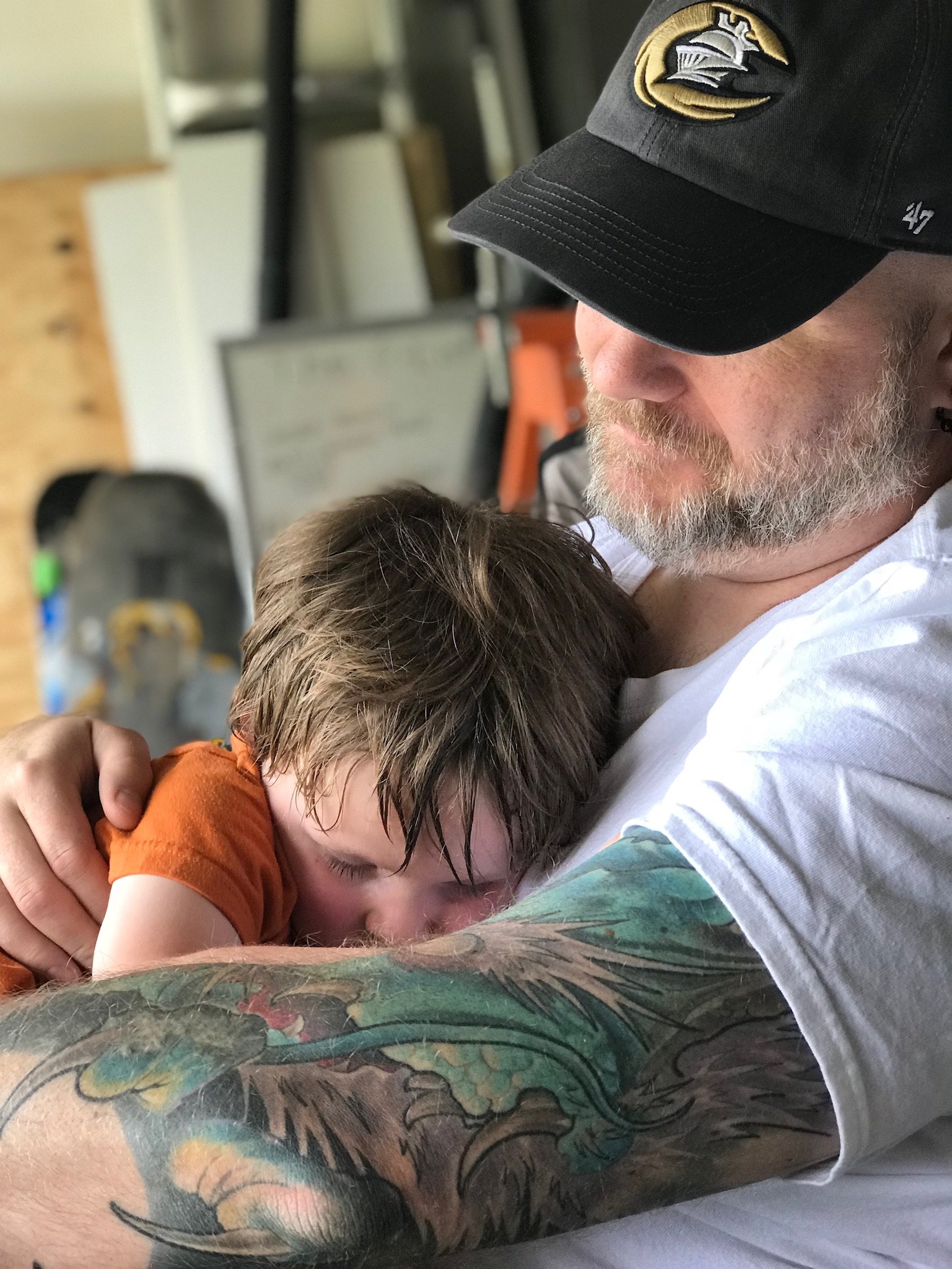I’ve been looking into this material due to the really nice surface finish and clean look (actually purchased some already 😅)
However I recently came across a video by CNC kitchen where he raised some potential health concerns relating to the fibers specifically inside the filament. One of the commenters mentioned they couldn’t wash the fibers off their skin, and another likened it to the “3d printing equivalent of asbestos”
I don’t plan to print with it just yet due to needing a hardened nozzle, and spare extruder parts. However when I do, i’m feeling a little worried about how safe it is - mainly whether the final printed part is fine for occasional skin contact, or whether this material should ideally be left to just cosmetic parts.
P.S. image not mine, taken from here
It’s perfectly fine to handle. Carbon fiber in FDM 3D printing is largely a lie. It’s not that there isn’t carbon fiber in there, it’s just that it’s chopped up so finely that it’s practically pointless by the time it’s printed. At best, all it does is destroy any printer not set up to handle it. It’s basically like printing sandpaper. Honestly, I’d avoid it entirely; same goes for glow-in-the-dark. Only reputable supplier I know for GITD is Das Filament, which ball-grinds their glow powder before inclusion into the stock.
If you’re interested in real carbon fiber in FDM prints, the only people to really see are Markforged.
Can you expand on the glow in the dark filament? Are you talking about abrasion/safety of your extruder, or safety of handling etc. I am not concerned about my extruder seeing that I am using a tungsten carbide nozzle, but I have made GITD stuff for kids (older ones, not young enough to be putting stuff in their mouth lol)
Safety for your equipment, not safety for handling. It’s more than just your nozzle that touches this stuff - your heatbreak, PTFE if you’re using a bowden setup, the drive gear, literally anything the filament touches WILL get destroyed unless made out of a suitable material. E3D, back when they first introduced hardened nozzles for printing abrasive filaments, learned this the hard way. They set up a machine with an overhead spool for a show, and just the filament running across the top bar of the machine, managed to put a GIGANTIC notch into the T-slot and near cut the machine in half. It was quite honestly hilarious to witness.
Oh wow, that’s crazy, cutting a notch! Yeah, I only considered the nozzle, not all the other parts…
Wear gloves, eye protection, and an appropriate mask if you’re going to do any sanding. Carbon fiber is a great material, but if you breathe in the particulates from sanding, it could cause lung damage. I would imagine there is similar risk if it gets in your eyes (hence eye protection). The gloves suggestion was there because you feel concerned about skin contact.
The standard, “print only in well ventilated areas” always applied, because
heat + polymers = noxious gases.Here’s some good info that may give you what you’re looking good for:
https://www.osha.gov/otm/section-3-health-hazards/chapter-1#6
For the record, chopped strand fiber in a fdm printer doesn’t significantly increase strength- especially along layer lines.
It might increase tensile strength of the load is parallel to the layers, but that’s about it. In every other direction, the fiber doesn’t cross layers, and delaminating is the primary failure mode.
The strands would be more like glass fiber than asbestos- you wouldn’t want it in your lungs, but then it shouldn’t really be airborne.
A better option might be graphite filled, which will still get you that look, and help lighten the part without losing strength. Still would not want to sand it without ppe, though.
This is different from carbon fiber filament.
The filament is impregnated with short strands of carbon fiber (aka chopped strand,)
Basically, what you’re doing is using a 3d printed part as a core to shape the carbon fiber- which is a very useful trick- similar to shaping pink insulation foam and skinning that over. (Pink foam is fairly lightweight and very easy to shape- a resistive wire or wire heat gun cuts like butter. Especially useful if you take copper power wire and bend it to form.)
In theory it should be mostly fine to touch, idk much about it either unfortunately. it might be a good idea to put some sort of spray on sealer if you will be touching it regularly and are concerned about it at all.
It is definitely dangerous to sand or cut with a saw or something, definitely want to do that outside with gloves and a respirator because then you’re getting loose fibers both on you and airborne.




